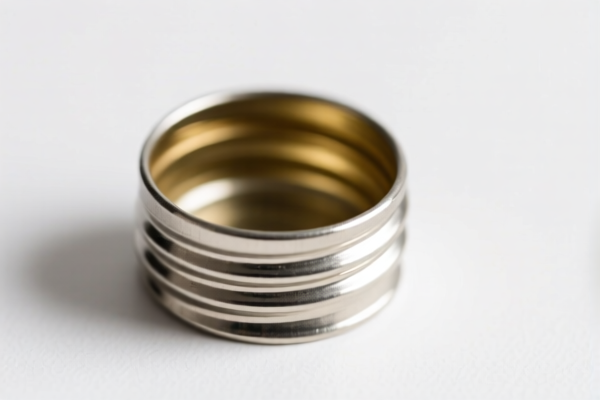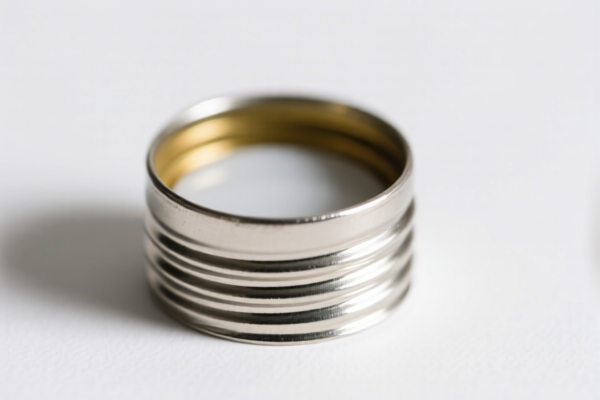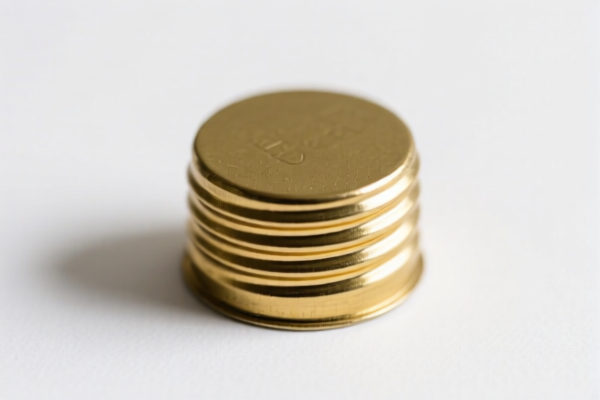| HS Code | Official Doc | Tariff Rate | Origin | Destination | Effective Date |
|---|---|---|---|---|---|
| 8310000000 | Doc | 55.0% | CN | US | 2025-05-12 |
| 9405994090 | Doc | 86.0% | CN | US | 2025-05-12 |
| 9405490000 | Doc | 58.9% | CN | US | 2025-05-12 |
| 7115906000 | Doc | 59.0% | CN | US | 2025-05-12 |
| 7115903000 | Doc | 58.9% | CN | US | 2025-05-12 |
| 8548000000 | Doc | 55.0% | CN | US | 2025-05-12 |
| 8513902000 | Doc | 92.5% | CN | US | 2025-05-12 |
| 8513904000 | Doc | 58.5% | CN | US | 2025-05-12 |
| 8512902000 | Doc | 57.5% | CN | US | 2025-05-12 |
| 8512904000 | Doc | 55.0% | CN | US | 2025-05-12 |
| 3926904000 | Doc | 32.8% | CN | US | 2025-05-12 |




Lamp Cap
A lamp cap, also known as a lamp shade holder or lampshade fitting, is a component used to secure a lampshade to a lamp base. It facilitates the attachment and stability of the shade, directing light and contributing to the lamp's overall aesthetic.
Material
Lamp caps are commonly manufactured from the following materials:
- Metal: Brass, steel, and aluminum are frequently used for their durability and ability to be formed into various shapes. Often plated with finishes like nickel, chrome, or bronze.
- Plastic: Bakelite and other heat-resistant plastics are used for more economical options, particularly in newer designs.
- Ceramic: Less common, but used in decorative or antique lamps for aesthetic purposes.
Purpose
The primary purpose of a lamp cap is to:
- Secure the Lampshade: Holds the shade firmly in place, preventing it from falling or wobbling.
- Direct Light: Works in conjunction with the shade to control the direction and diffusion of light emitted from the bulb.
- Provide Electrical Isolation: In many designs, the cap provides a degree of electrical isolation between the lampshade and the bulb, enhancing safety.
- Aesthetic Contribution: The cap's design can complement or contrast with the lampshade and base, contributing to the lamp's overall style.
Function
The function of a lamp cap relies on a mechanical connection between the cap, the lamp harp (if present), and the shade.
- Harp Connection: Many lamps use a harp – a U-shaped wire frame – to support the shade. The cap sits atop the harp, providing a stable base for the shade.
- Friction Fit: The shade's fitter (typically a spider or uno fitter) is inserted into the cap, held in place by friction.
- Screw-In Fit: Some shades have a screw-in fitter that threads directly into the cap.
- Pressure Fit: Certain designs use a pressure fit mechanism to secure the shade.
Usage Scenarios
Lamp caps are found in a wide range of lighting applications:
- Table Lamps: The most common application, securing shades on bedside lamps, desk lamps, and accent lamps.
- Floor Lamps: Used to attach shades to the vertical support structure of floor lamps.
- Pendant Lamps: Some pendant lamps utilize caps to secure decorative shades.
- Wall Sconces: Certain wall sconce designs incorporate caps for shade attachment.
- Antique Lamps: Often found in older lamps, requiring specific replacement parts due to unique designs and materials.
Common Types
- Harp Caps: Designed for use with lamp harps, featuring a central threaded post and a saddle to hold the harp.
- Spider Caps: Accept shades with a spider fitter (three or four arms that grip the cap).
- Uno Caps: Designed for shades with a uno fitter (a threaded ring that screws onto the cap).
- Threaded Caps: Feature a threaded interior for direct attachment of shades with a threaded fitter.
- Cap with Switch/Socket: Some caps integrate a light switch or socket for added functionality.
- Decorative Caps: Available in various finishes, materials, and designs to enhance the lamp's aesthetic.
Based on the provided information, “lamp cap” can be classified under several HS codes, depending on its material and function. Here's a breakdown:
- 8512904000: Electrical lighting or signaling equipment (excluding articles of heading 8539), windshield wipers, defrosters and demisters, of a kind used for cycles or motor vehicles; parts thereof: Parts: Of lighting equipment: Of a kind used on bicycles. This code applies if the lamp cap is specifically designed for use on bicycles. The first two digits (85) indicate the chapter for electrical machinery and equipment. The next four digits (1290) specify lighting or signaling equipment for cycles or motor vehicles. The final two digits (40) further refine this to parts of lighting equipment used on bicycles. The total tax rate is 55.0%.
- 9405994090: Luminaires and lighting fittings including searchlights and spotlights and parts thereof, not elsewhere specified or included; illuminated signs, illuminated nameplates and the like, having a permanently fixed light source, and parts thereof not elsewhere specified or included: Parts: Other: Other Other. This code is applicable if the lamp cap is a part of a luminaire or lighting fitting. The first two digits (94) denote furniture, bedding, lighting signs, prefabricated buildings. The next four digits (0599) specify luminaires and lighting fittings. The final two digits (40) further refine this to parts of other luminaires and lighting fittings. The total tax rate is 86.0%.
- 8513904000: Portable electric lamps designed to function by their own source of energy (for example, dry batteries, storage batteries, magnetos), other than lighting equipment of heading 8512; parts thereof: Parts: Other. If the lamp cap is a part of a portable electric lamp, this code may be applicable. The first two digits (85) indicate electrical machinery and equipment. The next four digits (1390) specify portable electric lamps. The final two digits (40) further refine this to parts of other portable electric lamps. The total tax rate is 58.5%.
Regarding HS code 8513904000, please note that if the lamp cap is made of steel or aluminum, an additional 25%加征关税 applies.
Customer Reviews
No reviews yet.